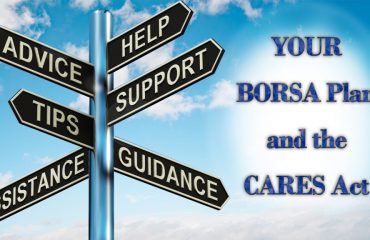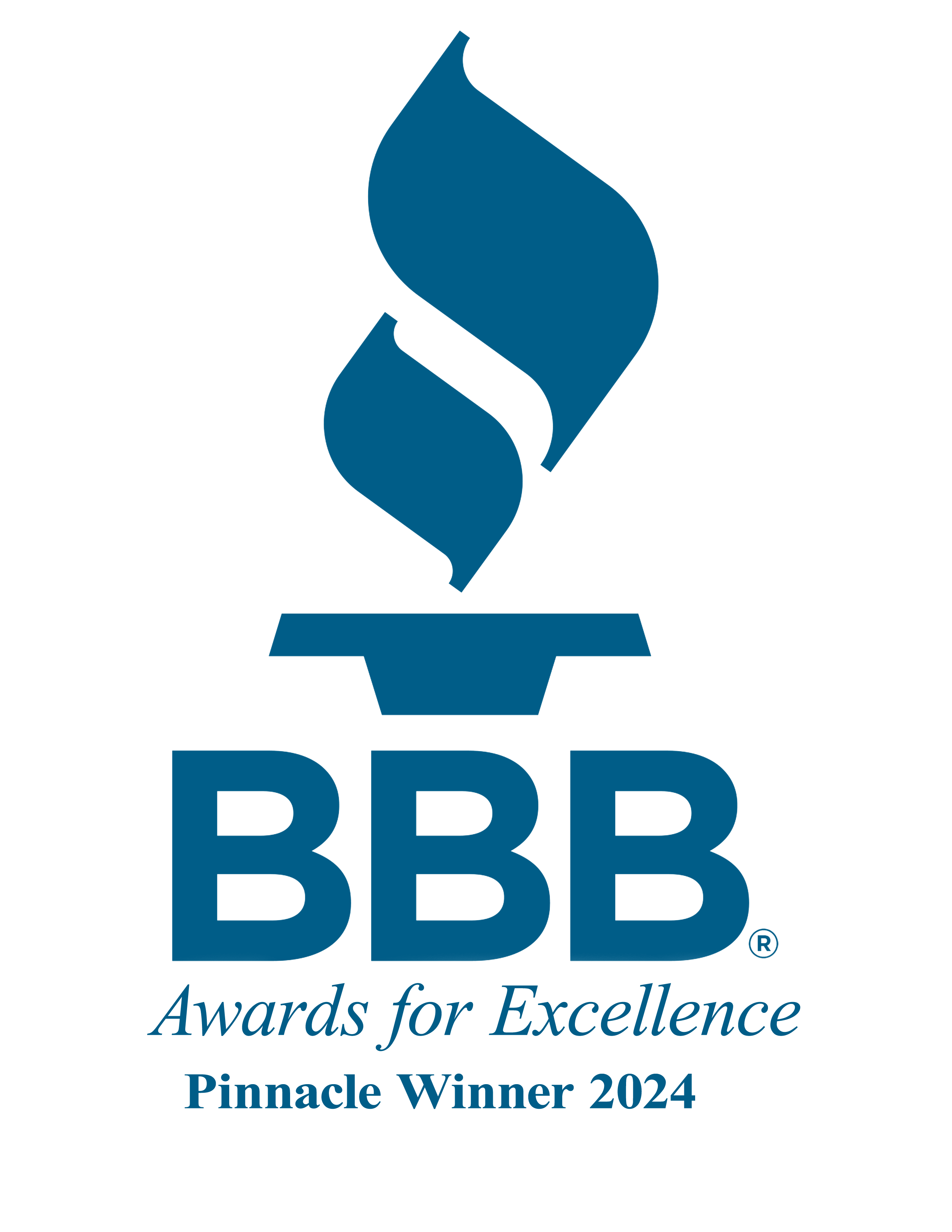By: Bryan Uecker, QPA, QPFC, AIF, AIFA

With the growing gig economy and more individuals choosing self-employment, solo 401(k) plans are gaining significant interest. Understanding these retirement plans and their unique benefits can help eligible small business owners maximize their retirement savings.
What is a Solo 401(k) Plan?
A solo 401(k), also known as a one-participant plan, is a 401(k) plan designed for business owners and their spouses. These plans are exempt from many of the more complex rules that apply to larger 401(k) plans, such as nondiscrimination testing, because they don’t cover any non-owners.
Solo 401(k) plans are popular among small business owners because they are easy to manage while allowing participants to make substantial contributions—up to the IRS 415(c) limit each year—without the restrictions larger plans typically face.
Who Qualifies for a Solo 401(k) Plan?
A solo 401(k) plan is only available to businesses with no employees other than the owner(s) and their spouses. If a business employs a non-owner who is eligible to participate in the plan, it no longer qualifies for a solo 401(k), even if the employee chooses not to participate. Failing to meet this requirement can result in IRS penalties, including corrective contributions or plan disqualification.
The plan loses its solo status the moment a non-owner becomes eligible for participation, so it’s crucial to notify your 401(k) provider in advance to ensure a smooth transition.
Additional considerations:
• If your business is part of a controlled group or affiliated service group (ASG), you cannot exclude their employees to qualify for a solo 401(k).
• Starting January 1, 2024, long-term part-time (LTPT) employees cannot be excluded from the plan, even if they don’t meet the plan’s typical eligibility requirements.
401(k) Rules That Don’t Apply to Solo Plans
Because solo plans don’t cover non-owners, they are exempt from many rules aimed at ensuring fairness for employees. These rules include:
• Nondiscrimination testing: Solo plans automatically pass the 410(b) coverage, ADP/ACP, and 401(a)(4) nondiscrimination tests, since they only cover Highly-Compensated Employees (HCEs).
• Top-heavy testing: Although all solo plans are top-heavy, the top-heavy minimum contribution requirement is irrelevant because there are no non-key employees to allocate funds to.
• Participant disclosures: Solo plans are not required to provide Title I disclosures, like Summary Plan Descriptions or Summary Annual Reports, which apply to other 401(k) plans.
• Form 5500 filing: Solo plans are exempt from filing Form 5500 unless their assets exceed $250,000 by the end of the plan year.
• Fidelity bond: Since solo plans are not subject to ERISA, there’s no requirement for a fidelity bond, which protects against losses from fraud or dishonesty in ERISA-covered plans.
401(k) Rules That Do Apply to Solo Plans
Even though solo plans are simpler, they must still comply with some key rules:
• Contribution limits: The IRS limits for 2025 are:
– 415(c) limit: $70,000 + $7,500 catch-up
– 402(g) limit: $23,500 + $7,500 catch-up
• Form 5500-EZ: If plan assets exceed $250,000 by the end of the plan year, you must file Form 5500-EZ.
• Participant disclosures: Some disclosures, like the 404(a)(5) fee notice or safe harbor 401(k) notices, apply if relevant to your plan.
Solo 401(k) Plan Design Considerations
Most solo 401(k) plans have low fees due to their simplicity, but some providers may limit features such as participant loans or in-service distributions to maximize profits. While this may not concern some business owners, others might find these limitations restrictive.
If you have a high income, consider making “mega backdoor” Roth IRA contributions to your solo 401(k). This strategy allows you to make large after-tax contributions to the solo plan and then roll them over to a Roth IRA for tax-free retirement distributions. To use this strategy, your solo plan must allow voluntary after-tax contributions and in-service distributions.
Deadline to Adopt a New Solo 401(k) Plan
Thanks to the SECURE Act of 2019 and SECURE 2.0, the deadlines for adopting and contributing to a solo 401(k) have been extended:
• Adoption deadline: You can adopt a solo plan retroactively and make profit-sharing contributions up until the tax return due date (including extensions). For instance, if your 2024 tax return is extended to September 15, 2025, you have until that date to adopt a solo 401(k) for 2024.
• Contribution deadline: Sole proprietors and owners of single-member LLCs can make retroactive employee contributions to a new solo plan by the tax return due date (excluding extensions).
Maximize Your Solo 401(k) Plan
Solo 401(k) plans offer significant benefits to business owners, including large contribution limits, “mega backdoor” Roth contributions, and lower costs compared to traditional 401(k) plans. However, it’s essential to choose a 401(k) provider that offers flexibility in plan design, allowing you to fully maximize the benefits of your solo 401(k). Avoid providers with restrictive features that could limit your ability to get the most from your plan.









